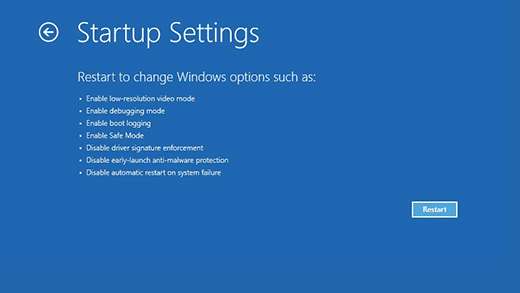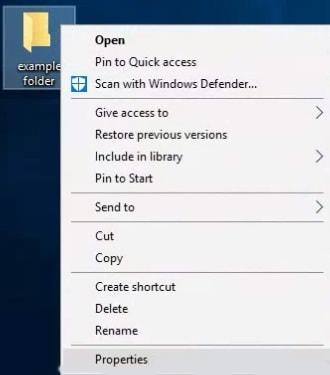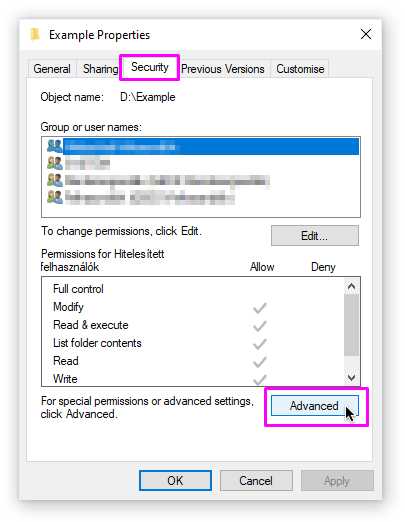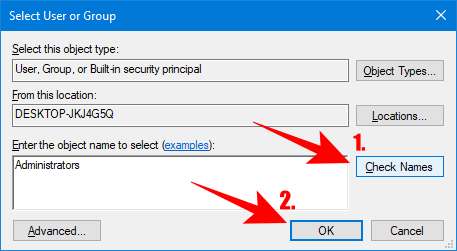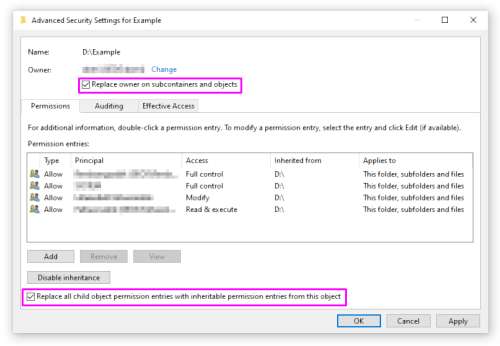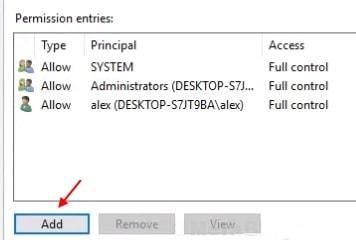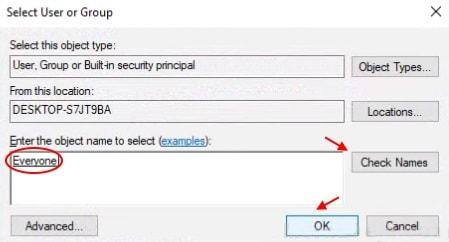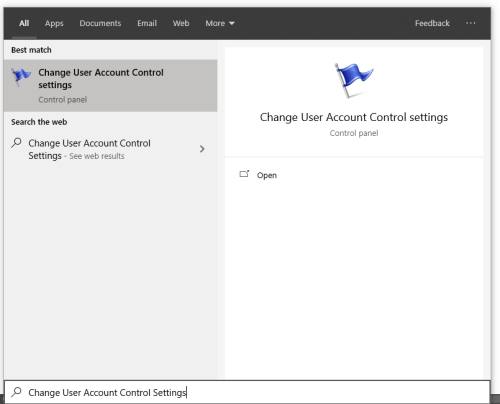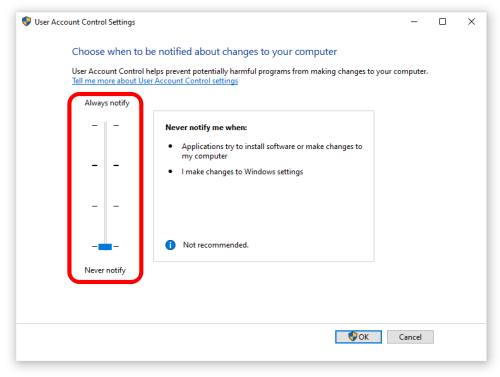Have you ever got the “Failed to Enumerate Objects in the Container” error on your Windows PC? This error usually occurs when you try to change access permission for some files & Folders. If you don’t have permission to open a particular file, you will see this error type. These types of files or folders are there when you are using one PC between many local users or if the file is from an external source.
However, this error looks scary, but you can easily fix it by following the given methods. You might also see this error because of some folder settings configured in the wrong way. Do not worry; try out the given methods and solve the “Failed to Enumerate Objects in the Container” error.
Also Read- How to Remove Empty Folders in Windows 10
Best Ways to Fix “Failed To Enumerate Objects in the Container” Error on Windows 10
There are few methods available for solving this error. We have made it easier for you and have provided you the best solutions to fix the “Failed to enumerate objects” error in Windows 10.
Method 1: Start your PC in Safe Mode
Most of the Windows 10 users have said that you must boot your PC in Safe Mode before solving this issue. However, this is optional, but you can try it out.
- First, turn Off your PC and then press the power button
- As you see, your PC is starting; hold the power button till the PC gets shut down again.
- You must repeat this process until you enter winRE.
- In winRE, there is a page “Choose an option.”
- On this page look for Troubleshoot >> Advanced Options >> Startup Settings >> Restart.
- Your device will restart, and the next time it boots up, you will see many options on the screen, from that, select option 5 for Safe Mode.
Method 2: Manually Change the Ownership of the Folder or File
This is one of the best methods and is suggested by Microsoft and Windows experts. Before trying out any method, try this and solve the error easily. Follow the given steps to change the ownership of the folder in Windows:
- Go to the folder you are getting errors and do right-click on it.
- Select “Properties” and go to the Security tab
- Now, click on the “Advanced” button at the bottom of the window
- Click on the “Change” link next to the file owner
- Type your account name under “Enter the object name to select” heading
- Then click on “Check Names,” once your name is underlined, click on the OK button.
- If your name is not underlined, then click on the “Advanced” button and find your name from the list.
- You will see two new options; enable both the options as shown in the image.
- Then click on “Apply” and re-open the Advanced Security window
- There click on the “Add” button at the bottom-left side
- Tap on the “Select a Principal” link
- Now, write “Everyone” under the object name heading and click on the “Check Names” button.
- Tap on OK and exit the screen. Now, you will be able to try and set permissions for the file or folder.
If you cannot change the ownership, use Process Explorer and find out the service’s name. Once you find the service’s name, you need to exit the process or stop the service by using Microsoft Process Explorer or the in-built Resource Monitor to know which process is having a lock on a file or a folder.
Method 3: Disable User Account Control
You can also try to disable User Account Control and solve the “Failed to Enumerate Objects in the Container error.
- Press the Windows + S keys and open the search bar.
- Type in “Change User Account Control Settings” and click on the option.
- You will see a slider “Always notify” on the left side; drag it towards the “Never notify” text.
- Now, click on OK and restart your computer. Try to change the file’s permissions or folder that is showing an error.
So, these are a few of the methods to solve the error. If nothing works, you need to create a new folder, add files and set permissions for the users, and start fresh.

